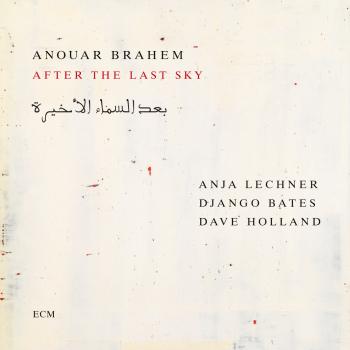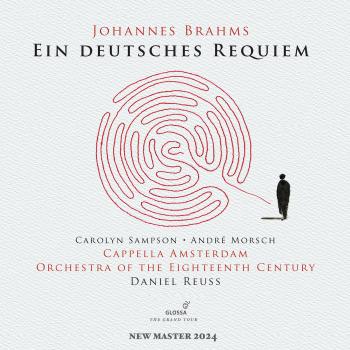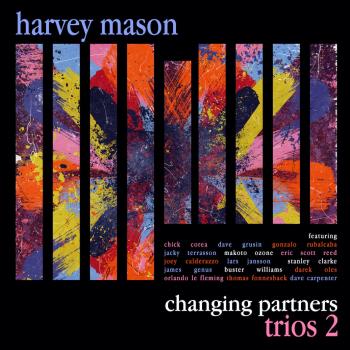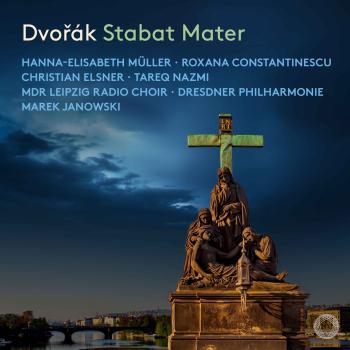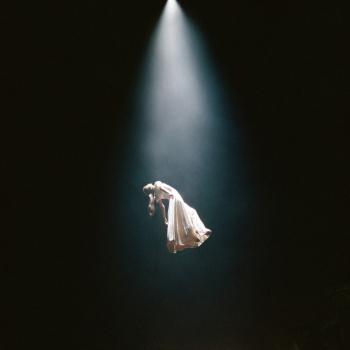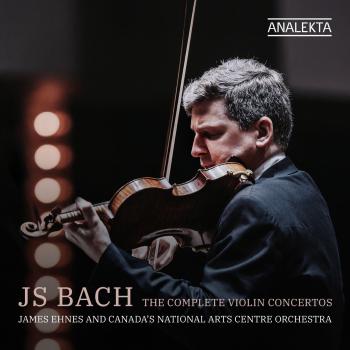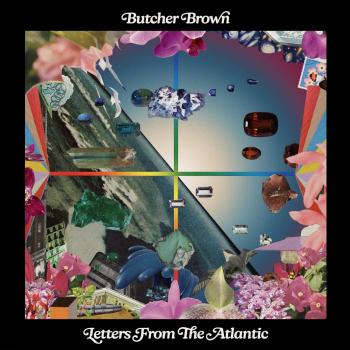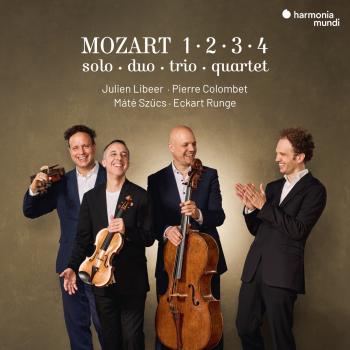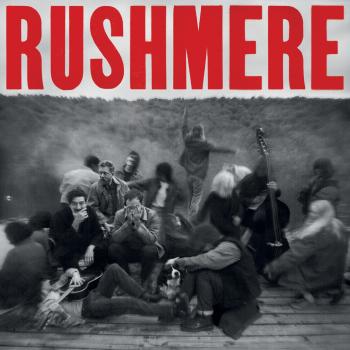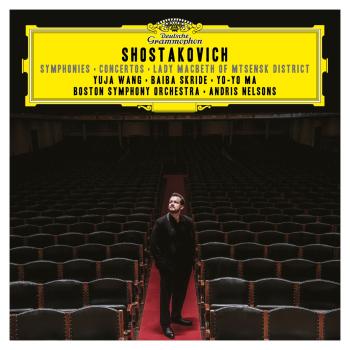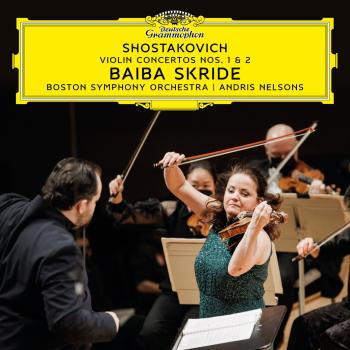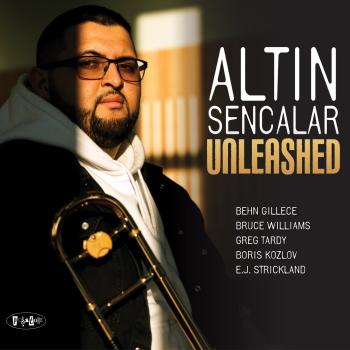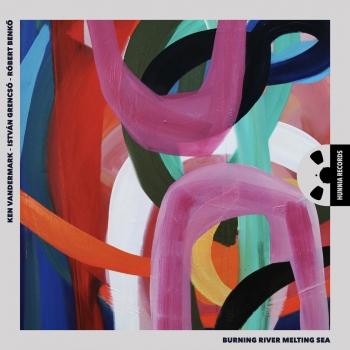Ken Vandermark, Istvan Grencso, Robert Benko
Biography Ken Vandermark, Istvan Grencso, Robert Benko
Ken Vandermark
Eyebrows were raised in the jazz world when it was announced that the relatively obscure and young Ken Vandermark was to receive a 1999 MacArthur "Genius" grant. Previous MacArthur recipients amongst jazz musicians included Cecil Taylor and Anthony Braxton - near- legendary figures who, over the course of long careers, created substantial bodies of work that have (to some degree) stood the test of time. Vandermark, just 35 at the time, was little-known outside of Chicago, and his music was not universally accepted to be as significant as musicians' like Taylor and Braxton. Whether or not he "deserved" such recognition at such a young age is subject to debate, but there's no question that Vandermark is a talented musician. His tenor sax and bass clarinet work is strong and expressive; his technique on all of his horns is as sure as can be, and his improvising and compositional styles are as intellectually engaging as they are original. Vandermark began playing trumpet in fourth grade and then switched to tenor sax as a junior in high school. He attended McGill University from 1982 to 1986. In 1986, he moved to Boston, where he led a trio called Lombard Street and studied bass clarinet. In 1989, he moved from Boston to Chicago, where he first attracted notice as a member of Hal Russell 's NRG Ensemble. His activities increased; he began leading several ensembles and became a mover and shaker, promoting and booking events with influential jazz critic John Corbett. His presence became a constant on the Chicago arts scene; he performs with a variety of bands, including the DKV Trio, Witches & Devils, the Vandermark 5, the Joe Harriot Project, and Steam. (Chris Kelsey AMG)
István Grencsó
Saxophonist and flautist István Grencsó is an outstanding figure in Hungarian avant-garde jazz.
His career started in 1979 with the founding of the Masina Jazz Group, but he became more widely known in the 1980s as György Szabados’s partner. In 1984 he formed Collective, which has been his main vehicle ever since. With this continually changing line-up he has released ten albums, amongst which the most important are Plays Monk (1996), Villa Negra (1997), Black Bread (1999), Seven Songs to the Last Mohicans (2000) and Dream Car (2003).
Grencsó’s repertoire is extremely varied, and as a composer he is considered the master of formal changes. “I always like to search for something exciting,” as he puts it. As well as experiments in improvised music he has arranged countless jazz standards, and regardless of current trends and fashions has played pop, rock, and ethno music. He also reinterpreted Hungarian dance music of the sixties, chansons, and composed a suite which veers towards classical music. He plays with Kampec Dolores, is a permanent member of the MAKUZ led by György Szabados and of the electronically inclined Budbudas. Recently he has also appeared several times with the Moroccan-rooted Gnawa Trio, his own neobeat group AMA, and has worked with the noise rock band Pozvakowski.
He has played in concerts and recorded with Paul Termos, Peter Kowald, Tobias Delius, Peter Brötzmann and the Noise Orchestra from Russia. His ars poetica, to think free of convention, is set out in the portrait film Szabad vagyok (I am free) made by Duna TV.
Róbert Benkő
Since the beginning of his career as bassist, Róbert Benkő adhered the most sensitive and most progressive improvised music trends. He was a member of the Dresch Quartet for years, played in György Szabados’ M.A.K.U.Z. formation, and in a lot of other bands. His current partner, Gergő Kováts has turned progressively to free jazz and free improvisation as a jazz music student in Budapest. As saxophone player and electronic experimenter, he is a stable member of the small but persistent and growing community of free music in Budapest.

